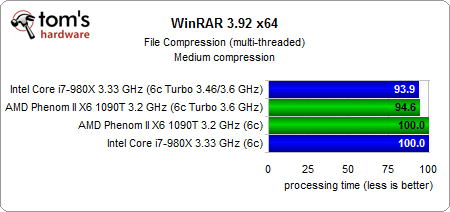
The turbo frequency per each number of active cores is some multiple (called a bin upside) of the base clock, which is listed below.

The upper frequency limit depends on the active core count and the microarchitecture's BCLK. When Turbo Boost is active on a single core, it's active on all cores. The amount of time the processors remains in Turbo Boosts depends on the workload and OS requests. Additionally, Turbo Boosts operates under the operating system's control and is engaged automatically when the OS requests the highest performance state ("P0"). Some BIOS may allow for Turbo Boost to be disabled or enabled. C3) in an attempt to beef up performance also has the counter-consequence of potentially reducing single-core performance (as that prevents Turbo Boost from reaching maximum allowable frequency). The notion of active cores is important because disabling ACPI (e.g. (Note that if the thermal and electrical limits have been exceeded, Turbo Boost will be limited even further). For example, a dual-core 2 GHz MPU may allow a boost of 266.66 MHz (to 2266.66 MHz) when a single core is active but only 133.33 MHz (to 2133.33 MHz) when two cores are active.

Generally, the more active cores, the lower the highest clock frequency Turbo Boost can allow as it's easier to exceed various electrical limits. The number of active cores, which Intel defines as cores in "C0" or "C1" states ("C3" and "C6" states are 'inactive'), dictates the upper limit.

The decision to kick into turbo boost is automatic and algorithmic in nature based on a number of factors such as: estimated current consumption, estimated power consumption, core temperature, and the number of active cores. Under various workloads, especially ones that are relatively low in power demands and are lightly threaded or not threaded at all, the processor can take advantage of the headroom by increasing the clock frequency - while staying within thermal and electrical limits. This feature is only available on Intel microprocessors that support Turbo Boost and have the feature enabled and supported (e.g.

Turbo Boost 2.0 was introduced later in 2011 in the Sandy Bridge microarchitecture. It was consequently introduced in the Nehalem microarchitecture. Turbo Boost Technology 1.0 was first introduced announced in a white paper Intel published in November 2008.


 0 kommentar(er)
0 kommentar(er)
